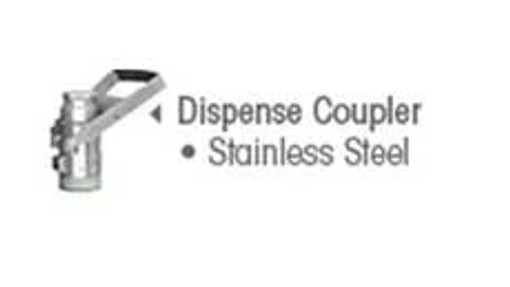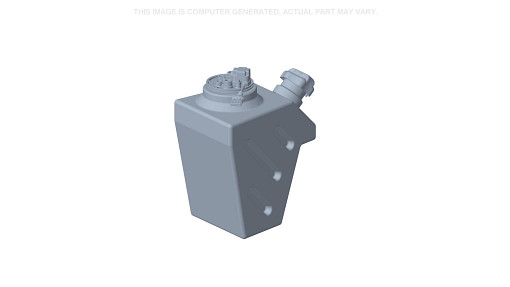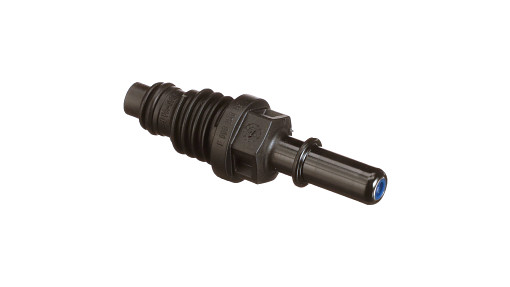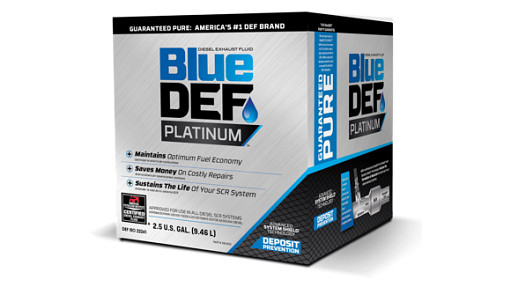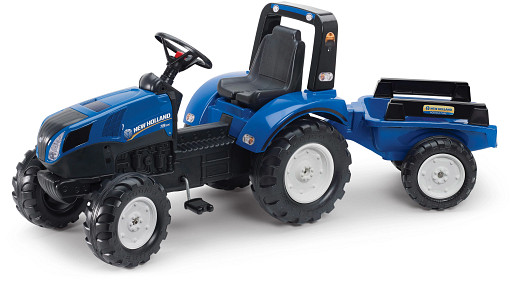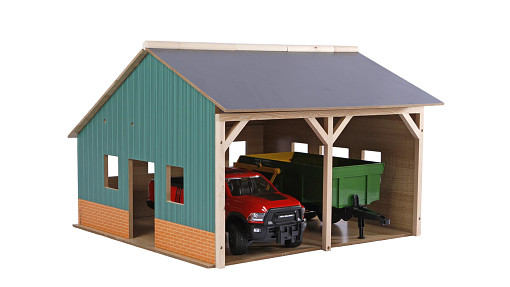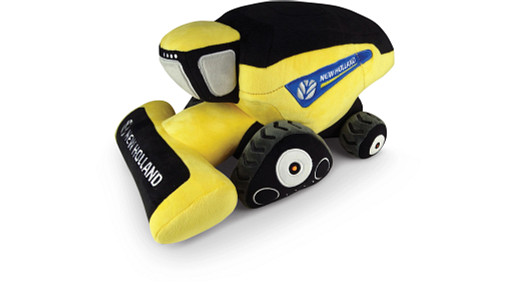37 Results
Our Favorites:
DIESEL EXHAUST FLUID (DEF)
Tier 4 diesel vehicles need a regular supply of Diesel Exhaust Fluid (DEF). Make CNH Industrial your source for DEF and DEF storage and handling options.
What Does DEF Do?
Consisting of 67.5% purified water and 32.5% automotive grade urea, DEF plays a key role in your engine’s Selective Catalytic Reduction (SCR) system.
Your SCR system injects DEF into the exhaust stream, where the urea breaks down into ammonia. Then, with the help of the SCR’s catalysts, the ammonia reacts with nitrogen oxides in the exhaust to produce harmless nitrogen and water. Since nitrogen oxides are pollutants (they contribute to smog and acid rain), your SCR makes your engine’s exhaust less harmful to the environment.
Storage and Handling
DEF is non-hazardous, non-toxic, non-polluting and non-flammable, which makes storing and handling DEF simple, safe and convenient. However, DEF has about the same alkalinity (pH) as baking soda, so it’s slightly corrosive and should be stored in approved containers.
To maximize shelf life, the ideal storage temperature is between 12°F (-11°C) and 86°F (30°C). DEF can be stored outside this range if it’s rotated on a seasonal basis. Freezing and thawing doesn’t change its chemical properties.
Refilling Your DEF Tank
The filler opening of a DEF tank is located next to the fuel tank’s opening. To prevent operators from pumping fuel into it, the opening has a smaller size that won’t fit standard fuel nozzles.
The A-post instrument cluster on our tractors has a DEF level gauge that shows the fluid level and indicates when it’s time to refill. A series of warnings alerts the operator when the fluid level dips below 10% of capacity. At less than 5%, the engine power will de-rate, though enough power remains for the operator to return to a convenient location to refill the tank. Our tractors are designed for DEF refills at every other refueling.
When you add DEF, avoid topping off the tank in cold temperatures. DEF in an overfull, unheated tank could freeze and damage the tank.






